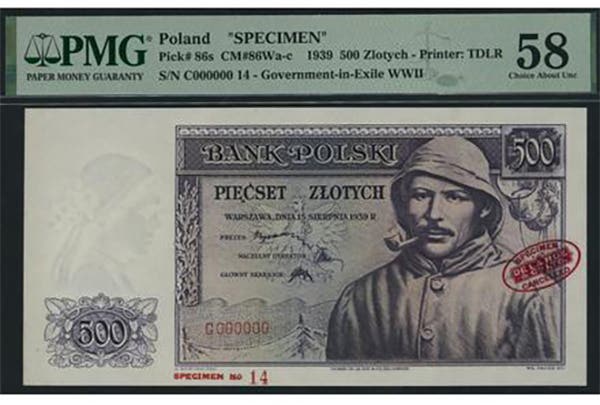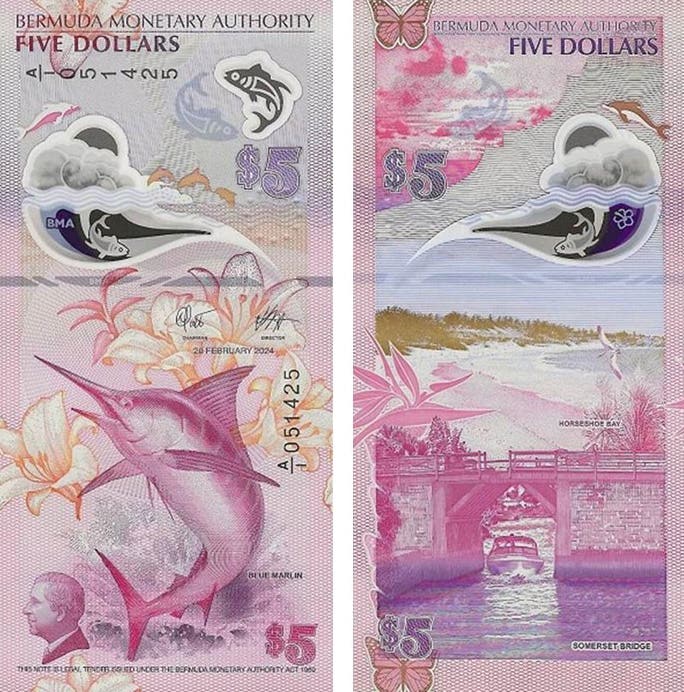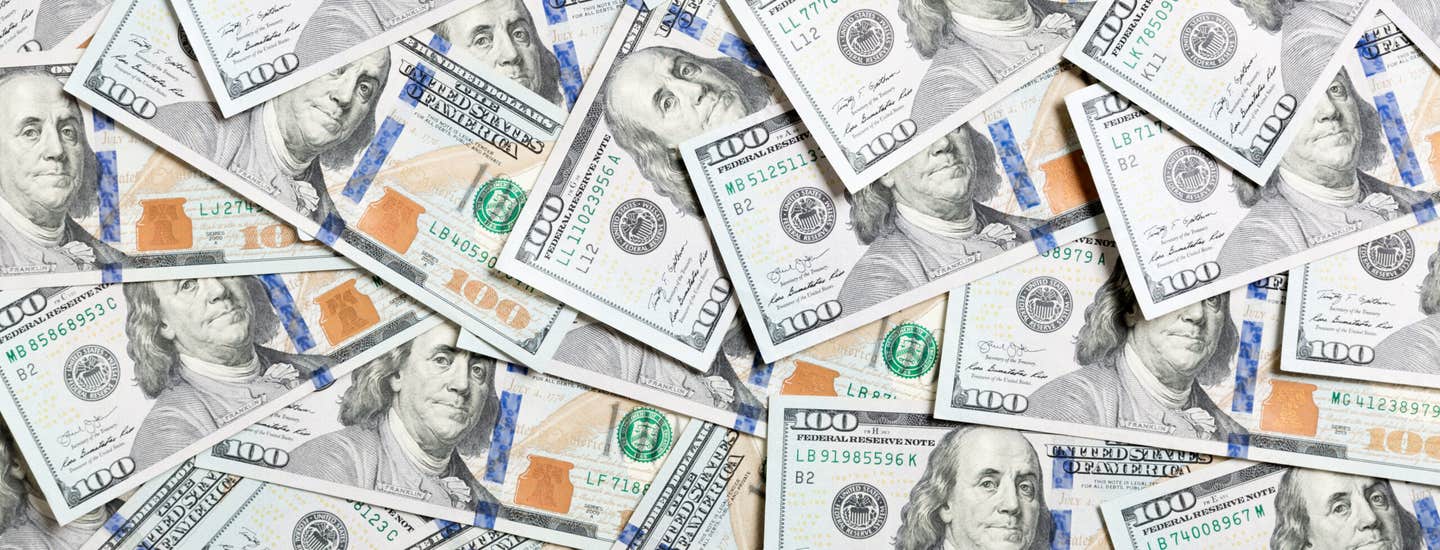$10 1934A SC 87 Mules Have Great Origin Story
It is apparent that interest in Small Size varieties, particularly mules, is at an all-time high based on what I have been reading in the Small Note Variety Collectors Facebook…
It is apparent that interest in Small Size varieties, particularly mules, is at an all-time high based on what I have been reading in the Small Note Variety Collectors Facebook forum. I thought you might enjoy a mule I obtained decades ago that has a lot going for it. I admit, it takes a real variety wonk to appreciate such things, so here goes.
Figure 1 is a scarce silver certificate $10 Series of 1934A mule but also from late-finished face plate 87. Consequently, it classifies as a two-variety note.
It carries micro back plate serial number 553 and macro face serial 87, the difference makes it a mule.
Silver certificate $10 Series of 1934 mules, with their micro face and macro back plate numbers, are among the most common mule varieties. However, 1934A mules that have macro faces and micro backs are very scarce because most of the micro back plates had worn out before the 1934As were printed.
The icing on the cake is that face 87 was a late-finished plate that along with 86 began life as master 1934A plates from which the other 1934A plates were reproduced by electrolytic deposition. Their story is recounted in Huntoon and Yakes (2013).
Series of 1934A silver certificate $10 face plates 86 and 87 were the first of the classic late-finished plates to be completed and used as printing plates, events that predated World War II. What is meant by late-finished in the cases of these two plates is that after serving as master plates, they were altered into production plates and used until they wore out. The time between when they were initially made as masters, and later used to print notes resulted in their two-digit plate numbers being noticeably odd in comparison to the other 1934As with which they served.
Their plate numbers—86 and 87—stuck out like sore thumbs to early collectors because the rest of the Series of 1934A $10s had three-digit numbers that began at 129. The plate numbers on them appeared to be Series of 1934 numbers, the last of which was 127. Collectors began collecting them as oddities before their origin and significance were documented.
The fact is, plates 86 and 87 represented a special situation. Their histories are summarized in Table 1.
$10 silver certificates were a low-demand item prior to 1938. In fact, there had been a hiatus of more than two and a half years in the manufacture of $10 silver certificate face plates that lasted from August 1935 to March 1938. By 1938 the decision had been made to use macro plate serial numbers, so Series of 1934A masters were required. Plates 86 and 87 were the designated masters. Both were steel masters laid in respectively in January and February 1938 using traditional roll transfer technology from the new $10 Series of 1934A die.
Suddenly huge orders for $10 silver certificates started to arrive at the Bureau of Engraving and Printing driven by the enormous buildup of silver certificate circulation launched by the New Deal Treasury. Bureau personnel responded in the only practical way they could. They already had Series of 1934 electrolytic altos on hand, so they fell back on them to crank out iron electrolytic Series of 1934 production plates 88 through 127, all of which were begun during the two weeks inclusive of March 2-16, 1938.
$10 silver certificate face plate production then resumed in February 1939 well after the crush was over. By then the Bureau had 1934A altos made from 86 and 87 so they produced electrolytic 1934A face plates from then on.
In the meantime, 87 was converted into a production plate in September 1938. This was followed by a conversion of 86 in 1940. Their macro plate serial numbers were added to them during the conversions, but they already were dated 1934A because that was on the master die from which they were made and the reason for making them in the first place.
Although plates 86 and 87 started life on the same track as master plates, the big difference was that 87 was relieved from that role in only seven months, altered into a printing plate, and sent to press to be consumed. It only lasted a month and a half on the presses where it produced only 83,100 notes in December 1939-Janaury 1940. In contrast, after 86 was altered into a printing plate, it had a considerably longer press life where it served for four years inclusive of 1940-1944. Plate 86 produced 14.5 times as many notes as 87; specifically, 1,203,456 notes.
The last four $10 micro back plates to see service are found on $10 Series of 1934A SC mules; specifically, 404, 523, 553 and 578. However, by the time faces 86 and 87 were in use, micro back 523 was gone.
Plate 87 turned out 1934A non-mule and mule blue seals. Plate 86 made them as well but also lasted into the war years to create large quantities of yellow seal North Africa/Italy invasion notes.
Of course, the big difference between 86 and 87 was the small number of 87s that were printed. Blue seal 87s, regardless of whether they are non-mules or mules are truly scarce and pricy. This difference was recognized from the outset once the varieties were recognized in the 1960s.
The note illustrated here was sold to me on June 28, 1979, at a Memphis show by Harry Jones. At the time he saw me coming, knew I was a mark for mules, figured me for an easy sale and charged me $15,00 for it.
Source of Data
Huntoon, Peter, and Jamie Yakes, Nov-Dec 2013, Salvanged plates, late-finished and other exotic plates explained: Paper Money, v. 52, p.427-437.








